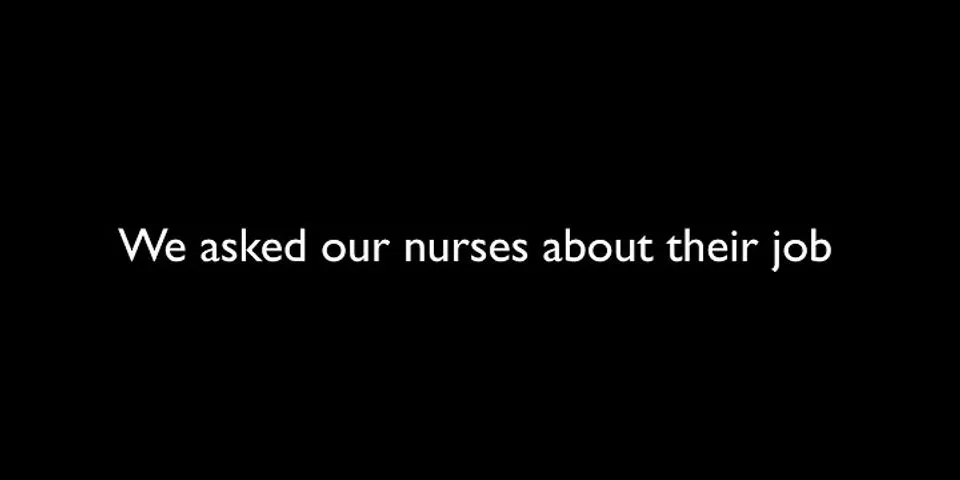In this post, we will learn about Disaster Triage Nursing, the Triage Color Tags and what they mean, and the START method. Disaster Triage Nursing Triage is a process of examining patients and sorting them out according to the degrees of urgency of their presenting symptoms. Triaging is also done in situations or a disaster with mass casualties where healthcare
providers are overwhelmed with victims that require immediate attention having limited resources to cater to everyone’s needs. A triage nurse should be trained, experienced, and skilled to be able to determine the severity of illness and to what group the patient should be tagged. The Triage Tagging System has 4 disaster color codes: RED, YELLOW, GREEN, and BLACK. Disaster Triage Color Tags In order to group and prioritize
patients according to their emergency of treatment, a color-coded tag serves as a label placed on each of them. A quick glance from other healthcare personnel and providers would immediately indicate their triage priority. Red Tag: IMMEDIATE The color red is universally recognized as STOP! When the patient is tagged as red, a healthcare provider would have to STOP and get this patient immediate attention or a life-saving treatment for they are a top priority. These patients should not wait for another minute for they could be in a life-threatening situation but could likely survive if given immediate intervention. Here are some of the conditions that would require immediate attention and should be tagged RED:
Yellow Tag: DELAYED Patients are tagged yellow when their treatment may be delayed for an hour or two. Some may have stable conditions at the moment but would be needing a possible re-triaging later. In short, these victims are under observation. They do not need immediate treatment but still need medical attention. But keep in mind that yellow-tagged patients could possibly become red-tag candidates. Examples of conditions for which treatment may be delayed:
Green Tag: MINOR Green means GO! Patients tagged as green could still get up and go about. These are wounded victims that have minimal injuries and the most stable condition. Their treatment may be delayed for several hours but they still need medical care and first aid. Here are some patient conditions that can be tagged as Green:
Black Tag: EXPECTANT Patients who are unresponsive or dead are tagged black. These include victims who are pulseless and have no respirations for more than 20 minutes and with severe injuries that even resuscitation procedures could not help. What is the START method? START is an acronym that stands for “Simple Triage and Rapid Treatment”. It is a triage method used by first responders on the scene to quickly assess and classify victims based on the urgency of the condition. It focuses on the patients’ signs and symptoms. There are 4 things to check when using START:
Medical Author: Melissa Conrad Stoppler, MD Triage refers to the evaluation and categorization of the sick or wounded when there are insufficient resources for medical care of everyone at once. Historically, triage is believed to have arisen from systems developed for categorization and transport of wounded soldiers on the battlefield. Triage is used in a number of situations in modern medicine, including:
In a walk-in clinic or emergency department, an interview with a triage nurse is a common first step to receiving care. He or she generally takes a brief medical history of the complaint and measures vital signs (heart rate, respiratory rate, temperature, and blood pressure) in order to identify seriously ill persons who must receive immediate care. In a hospital, triage might prevent an operation for an elective facelift from being performed if there are numerous emergent cases requiring use of operating facilities and surgical nursing staff. In a disaster or mass casualty situation, different systems for triage have been developed. One system is known as START (Simple Triage and Rapid Treatment). In START, victims are grouped into four categories, depending on the urgency of their need for evacuation. If necessary, START can be implemented by persons without a high level of training. The categories in START are:
Another system that has been used in mass casualty situations is an example of advanced triage implemented by nurses or other skilled personnel. This advanced triage system involves a color-coding scheme using red, yellow, green, white, and black tags:
What are the colors of triage?RED: (Immediate) severe injuries but high potential for survival with treatment; taken to collection point first. YELLOW: (Delayed) serious injuries but not immediately life-threatening. GREEN: (Walking wounded) minor injuries.
What are the 3 categories of triage?Triage. Immediate category. These casualties require immediate life-saving treatment.. Urgent category. These casualties require significant intervention as soon as possible.. Delayed category. These patients will require medical intervention, but not with any urgency.. Expectant category.. Which color of the patient triage tag is the deadliest?The black tag color is easy to remember because black is most commonly associated with death, which is the meaning of this tag color. What do you do at a traffic light when it turns red? You stop! Therefore, when a patient is tagged red, STOP and get them treatment because they have first priority in receiving care.
In which order would Clients receive care based on triage tag color quizlet?Red-tagged clients have major injuries, black-tagged clients are expected and allowed to die, and yellow-tagged clients have major injuries.
|














